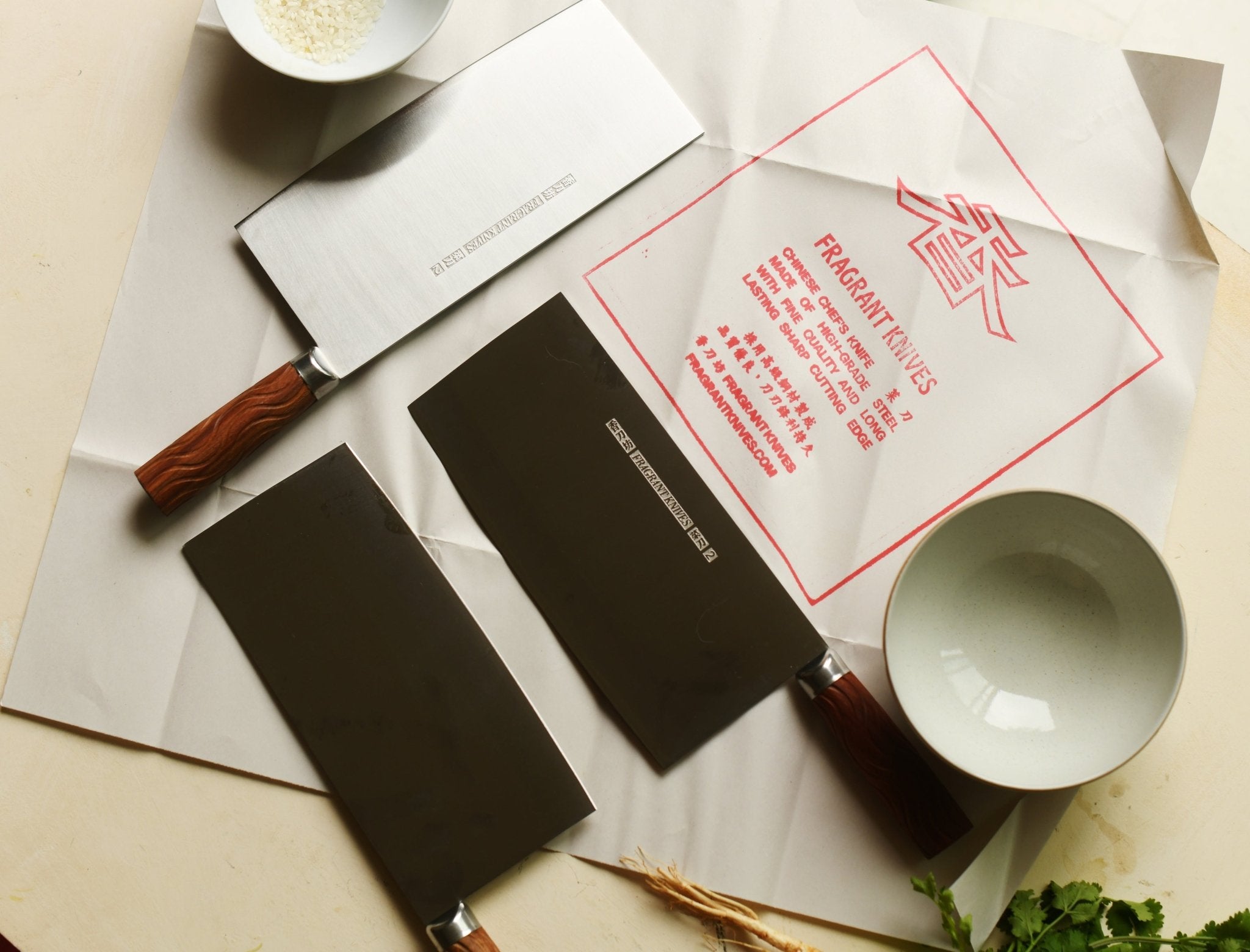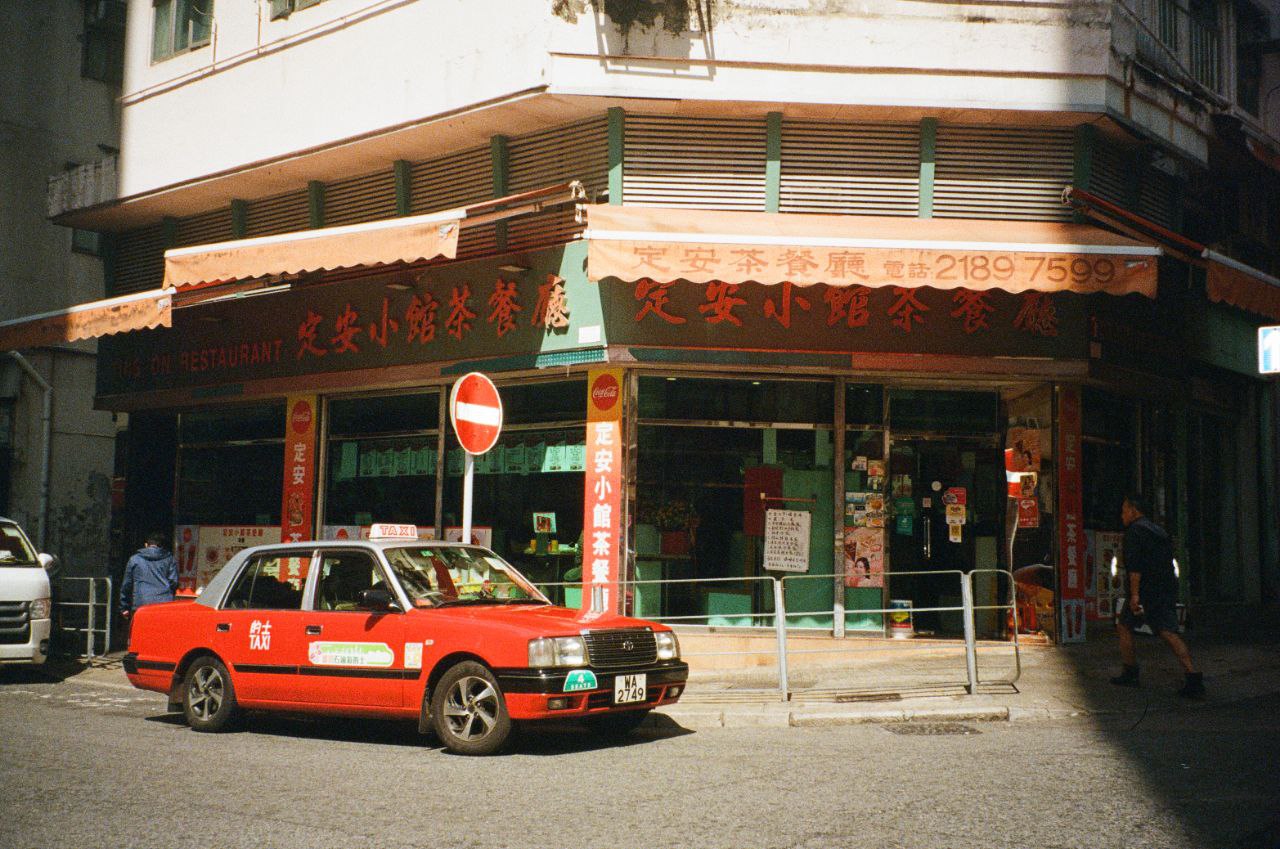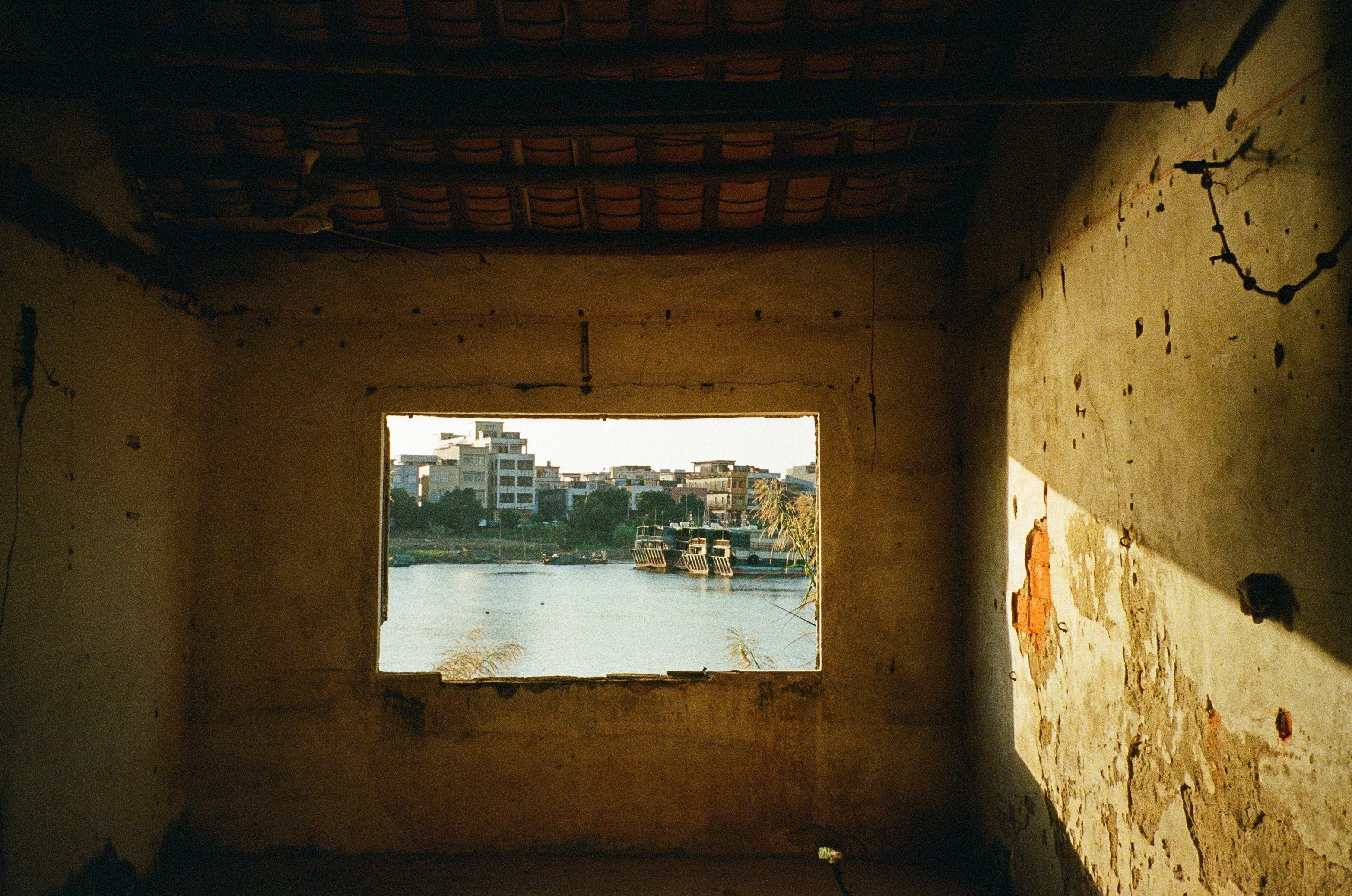Yangjiang really has no right to be as beautiful as it is. It’s a tier-four city of a few million people set in the countryside a couple of hours from its provincial capital, an old city but never one of particular cultural significance. Within China, people might know it for fermented black beans, or blade production, which it’s been the centre of for hundreds of years. Either way, it’s not a place that tourists often visit.  It's the second time I've been here now and I already feel quite at home, thanks to the way I was warmly received by the guys at the workshop, who were able to show me around and feed me well. As you may know, I'm from Hong Kong and have lots of family friends there, many of whom have heard of Yangjiang due to it being relatively close to Hong Kong (just a couple of hundred miles, in Guangdong province), or for it being the ancestral home of a sizable minority of Hong Kongers (my own family's ancestral homes lie in between Hong Kong and Yangjiang, in Toishan and Shunde). The thing is, even those Hong Kongers who have ancestral roots in Yangjiang may not have been back in decades, so when I mentioned visiting the city before my first trip, there were some raised eyebrows, and gentle warnings about things like safety or cleanliness based on the reputation of provincial mainland cities. However, the Yangjiang of today is completely unrecognisable to the city of a couple of decades ago. It's sparklingly clean and tidy, with little pollution and few non-electric cars. It's well planned, and the old town is thoughtfully restored in some places, and untouched in others, with Yangjiang not being enough of a tourist destination to suffer the indignity of the ‘disneyfication’ treatment that Chinese tourist boards insist on inflicting on ‘historical’ areas (as a rule, if a Chinese tourist site appears on the english-language internet, don’t even bother. Every original stone and tile will have been removed and replaced, the local residents removed, and the whole area given the feeling of a film-set. I’ve made this mistake many times.).
It's the second time I've been here now and I already feel quite at home, thanks to the way I was warmly received by the guys at the workshop, who were able to show me around and feed me well. As you may know, I'm from Hong Kong and have lots of family friends there, many of whom have heard of Yangjiang due to it being relatively close to Hong Kong (just a couple of hundred miles, in Guangdong province), or for it being the ancestral home of a sizable minority of Hong Kongers (my own family's ancestral homes lie in between Hong Kong and Yangjiang, in Toishan and Shunde). The thing is, even those Hong Kongers who have ancestral roots in Yangjiang may not have been back in decades, so when I mentioned visiting the city before my first trip, there were some raised eyebrows, and gentle warnings about things like safety or cleanliness based on the reputation of provincial mainland cities. However, the Yangjiang of today is completely unrecognisable to the city of a couple of decades ago. It's sparklingly clean and tidy, with little pollution and few non-electric cars. It's well planned, and the old town is thoughtfully restored in some places, and untouched in others, with Yangjiang not being enough of a tourist destination to suffer the indignity of the ‘disneyfication’ treatment that Chinese tourist boards insist on inflicting on ‘historical’ areas (as a rule, if a Chinese tourist site appears on the english-language internet, don’t even bother. Every original stone and tile will have been removed and replaced, the local residents removed, and the whole area given the feeling of a film-set. I’ve made this mistake many times.).

The food and culture too are really recognisably Cantonese to me, in the sense that none of the dishes I tried here would be out of place on a table in Hong Kong or Guangzhou, even if I’d never tried them before. The language spoken here among locals is the GaoYang dialect of Yue Cantonese, a dialect strong enough to be almost entirely unintelligible to me, a Cantonese speaker with no Chinese-language education (and thus unable to infer cognates from a broader vocabulary). However, most Yangjiang natives are trilingual: speaking the local GaoYang dialect fluently, the prestige Cantonese dialect of Guangzhou/Hong Kong, and of course Mandarin. Due to the proximity of Hong Kong, anyone over the age of 25 will have watched TVB (Hong Kong’s broadcaster) more-or-less exclusively growing up, it being the only Cantonese TV option after the banning of broadcasts in local dialects by the Chinese government in 1982. As such, they speak my Cantonese quite easily, if occasionally with something of an accent (think a Scottish to southern English level of sound-divergence). Pirated Hong Kong cinema was easily found in the markets here, and Cantopop dominates the radios and karaoke machines of the city. More of an Anita Mui town than a Teresa Teng, judging by the taxi drivers at least.

Walking round one of the old districts, an island in the Moyang river for which Yangjiang is named, is where it’s easiest to feel Yangjiang as part of a broader Cantonese cultural region. The three-story village houses are of the same design as are found in villages across the Guangdong region, even rural areas of Hong Kong. There’s a raised threshold, usually surrounded with twin proverbs calligraphed on each side of the door, which is often left open and through which you can see the main living area of the house. There may be a small shrine set into the wall by the door, giving offerings or burning incense to venerate a domestic deity, just as in Hong Kong. Glimpsing into the main room of the house, it’s relatively plainly decorated, mah-jong/dining table set in the middle of the room, and the walls adorned with an old photograph of a grandfather or grandmother - so far so typical of a traditional Hong Kong ‘village house’. The difference in this town is that at least half of the front rooms I look into have a portrait of Chairman Mao either alongside or replacing the ancestor’s portrait - echoes of the Russian peasantry replacing their Orthodox shrines with Lenin portraits in the aftermath of the civil war - I daresay you could count on one hand the number of village houses in Hong Kong with a portrait of Mao alongside the familial ancestors. It is in my mind a touch odd even for mainland China: it’s the highest concentration of Mao venerators I’ve seen in my limited travels in China, and I’ve not been able to find a particularly compelling reason as to why (though my research capabilities of anything relating to China are limited to english language sources). Perhaps it’s as simple as the old-age of the residents in the district.

As you may know, I'm here on @fragrantknives business. The knife capital of China could really have been anywhere - if this project were Fragrant Shoes or Fragrant Teapots I could have just as easily been in Zhejiang or Jiangxi instead, but here I am in this beautiful city that feels culturally close enough to feel a part of and understand. Hopefully, I'll be able to upload a few more dispatches from Yangjiang, going a little deeper into this region which doesn't get much coverage online. I'll also try and explore some of the cities and counties around the Pearl River Delta too: if you're a diaspora Chinese basically anywhere in the world, chances are you have roots within a couple hundred miles of where I am now, and hope I can share some of it with you. Until next time!
Love
Sean





Share:
Cleaver, Chopper, Caidao, Choidou, Chūka Bōchō, Chinese Chef's Knife - We Explain the Difference.